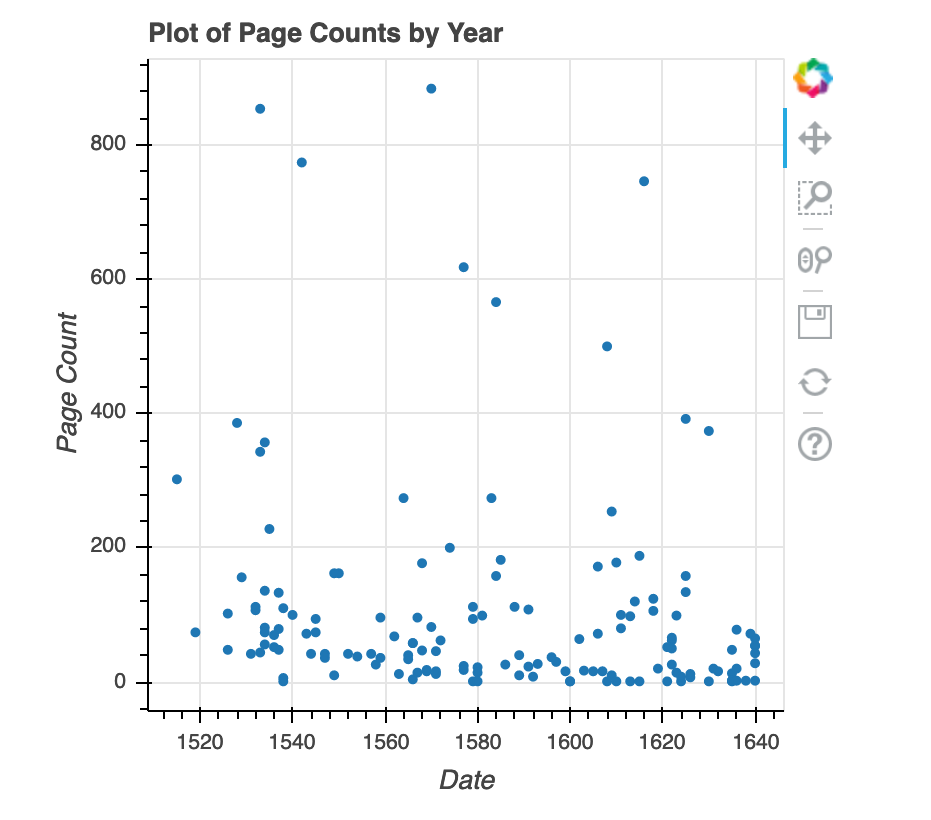

- Github python bokeh pdf#
- Github python bokeh update#
- Github python bokeh full#
- Github python bokeh code#
- Github python bokeh series#
Spacer ( height = 15 ), sigma_slider, width = 200, ) pn. Curve ( data = ( x, y ), kdims =, vdims = ).
Github python bokeh pdf#
pdf ( x, loc = mu, scale = sigma ) return hv. value ) def plot_normal_pdf ( mu = 0, sigma = 1 ): x = np. FloatSlider ( name = "µ", start =- 5, end = 5, step = 0.1, value = 0 ) sigma_slider = pn. Opts = dict ( show_grid = True, frame_height = 200, frame_width = 350, color = "#1f77b3" ) mu_slider = pn. To instantiate a ColumnDataSource, we call with a dictionary (or Pandas data frame) When a glyph method like p.circle() is called, if we use a source kwarg, we can specify a ColumnDataSource explicitly, giving us access to its contents. Now that we know how the data are represented under the hood in a Bokeh plot and have an understanding of how ColumnDataSources work, we can instead create a plot directly using the ColumnDataSource. As you will see, a little JavaScript goes a long way!ĭata = We will do it all in the context of making interactive plots. We will not delve into the details of the language (that would require a complete bootcamp!), but will just give a little syntax.

So, in this lesson, we will learn a little JavaScript to make our dashboards be totally portable.
Github python bokeh full#
And it turns out that if you know just a little JavaScript, you can make your dashboards have full functionality standing alone in the browser without Python running. This is what requires the Python interpreter to be running.īokeh allows for pure JavaScript callbacks.
Github python bokeh update#
The callbacks, which are functions that get executed to update information about the plot based on changes in the widgets (such as computing the values of a smooth curve, as we saw in our exploration of the theoretical model for fold change in gene expression, or selecting pieces of a Pandas data frame,Īs we saw in the dashboard for the facial recognition data), are in Python. It is this JavaScript library that handles all of the rendering, zooming, selecting, etc., as well has the widgets. In order to display the graphics and enable the interactions, Bokeh relies on its client-side JavaScript library,īokehJS. (Even though we used a Panel interface, the dashboards we have made are rendered with Bokeh.) As we have seen, Bokeh is a Python library for generating graphics that can be visualized and interacted with in the browser. We have been using Bokeh for rendering out plots and dashboards. But in many cases, with just a little JavaScript, you can make beautiful interactive graphics rendered in pure HTML with JavaScript. In some cases, you will just need the Python interpreter for sophisticated dashboards that do involved calculations. Machine (and have all of the necessary installations). If you wanted to include an interactive plot in a publication, it would be nice to be able to interact with the plots/dashboard directly in the browser without the reader having to launch a Jupyter notebook or serve it up on their local In order to interactively explore using the dashboard, you need to have a Python interpreter running, either in the Jupyter notebook or when you serve your dashboards using panel serve on the command line. There is a major drawback to this approach, though. I hope you recognize how powerful this is for exploring your data sets. We can also serve up a notebook to get only the data displays we like on their own browser tabs.
Github python bokeh code#
Panel, with Bokeh output, allow us to write Python code that can update our displays as we adjust parameters or select variables.

Lesson 32: Survey of other packages and languages.Lesson 30: JavaScript for stand-alone Bokeh apps.Lesson 27: High level plotting with HoloViews.
Github python bokeh series#



 0 kommentar(er)
0 kommentar(er)
